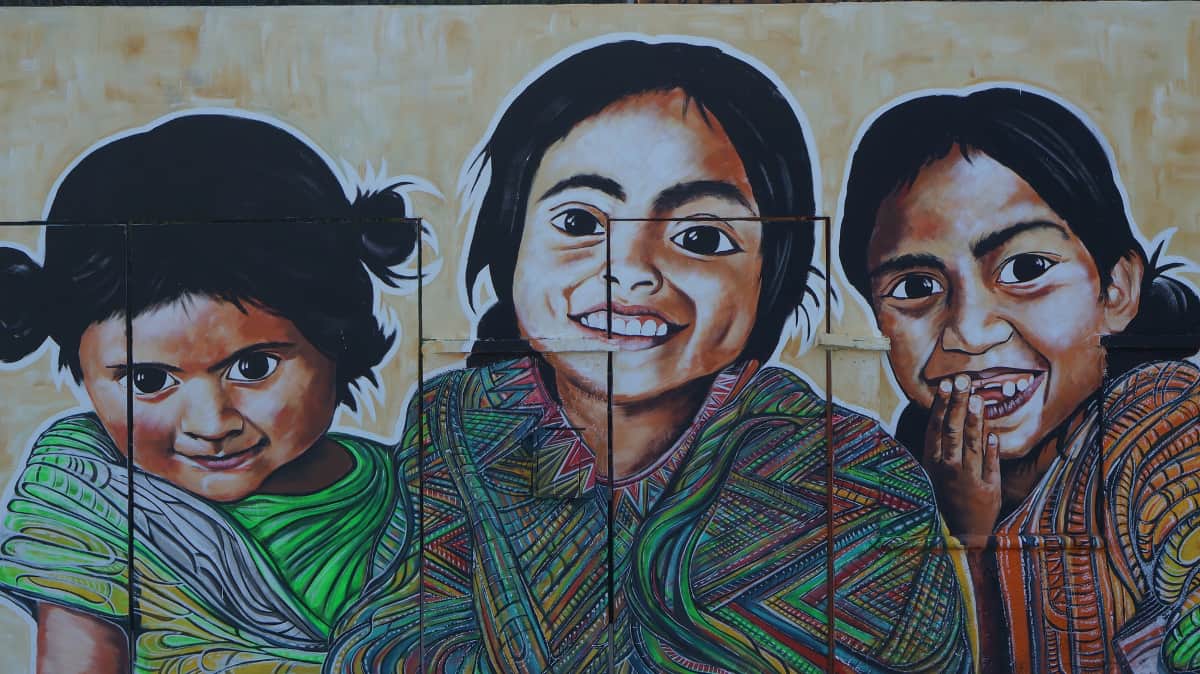The Cultural Heritage of the State of Quintana Roo, Mexico
As a direct consequence of the migration of the population and the ancestral settlement of the Mayan population, the Mexican Caribbean state of Quintana Roo is characterized by its diverse and rich cultural heritage.





